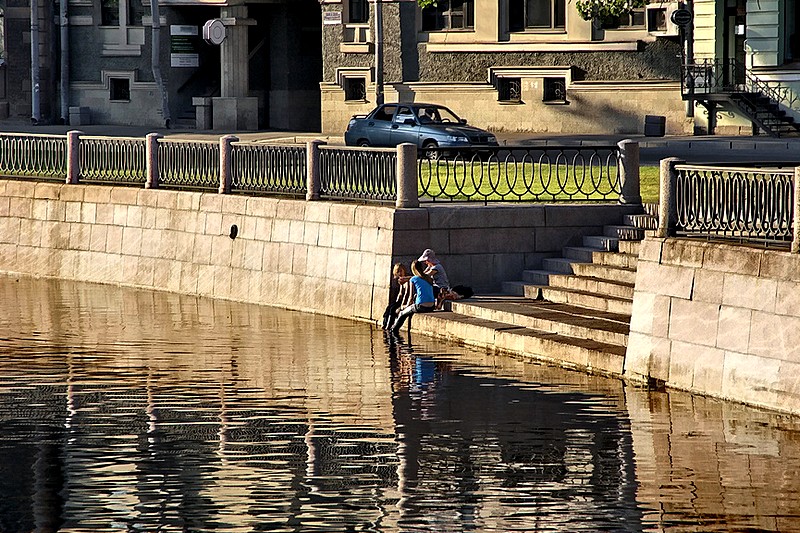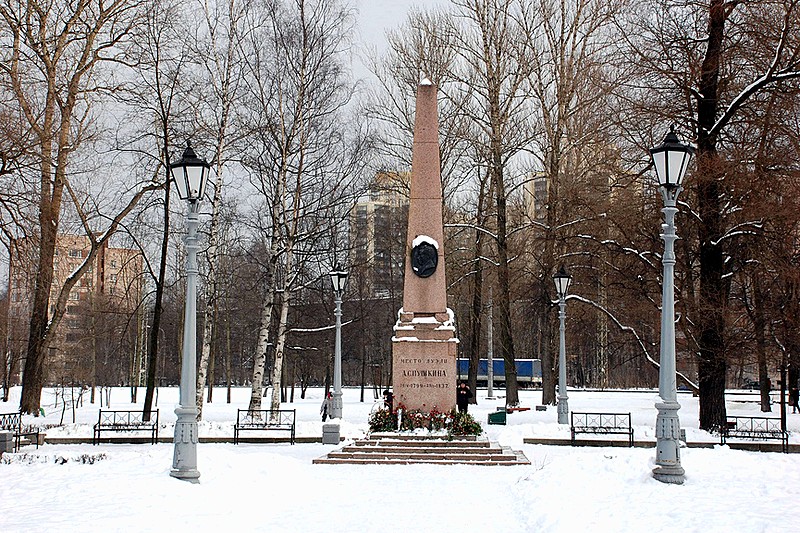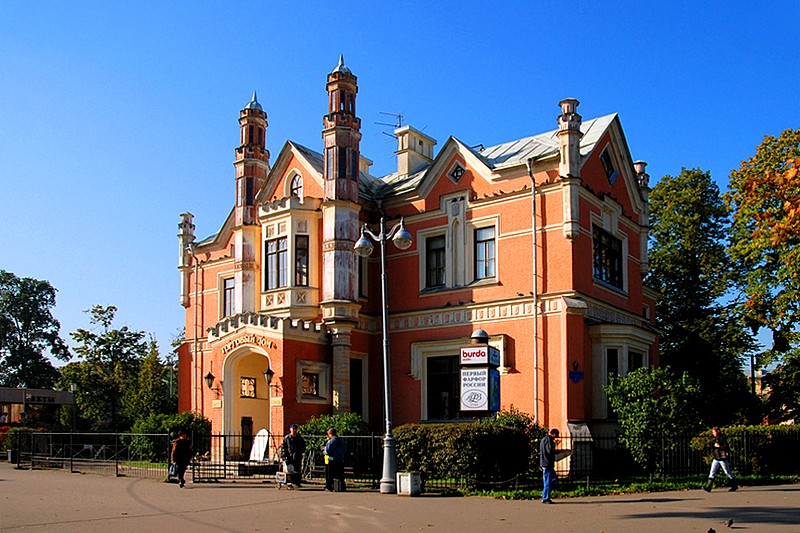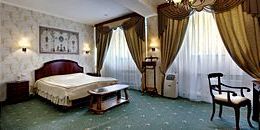Chernaya Rechka (Black River)
The Black River is best known as the site of the fatal duel between the poet Alexander Pushkin and the French officer Georges d'Anthes. Today, this tiny stream has given its name to a metro station and the surrounding area, although only about half of its course is tucked away between granite embankments with early and middle 20th century buildings constructed along it. The rest of the river is hidden in an industrial area.

Although this is the most famous Black River, there is more than one in St. Petersburg, and there are many more all across Russia, as it is a more or less generic term given to muddy streams oozing through marshland. This Black River previously flowed from Dolgoe Lake, but the first two kilometers have since been filled in. In the 19th century, the area around the Black River was a beautiful green suburb where festivities were frequently held and where rich Petersburg residents built their dachas.
Due to its remote location on the outskirts of the city and its groves and deserted meadows, the place attracted more than just tourists. It also appealed to those who could not see any other way to defend their honor besides a duel. On the evening of January 27, 1837, the fatal duel between Pushkin and d'Anthes took place on the banks of the Black River not far from what is now the Kommandantsky Airfield (originally the suburban estate of the Commandant of the Peter and Paul Fortress). In 1887, a bust of Pushkin was placed on the site of the duel to commemorate the fiftieth anniversary of the death of the poet. For the centenary, the statue was removed and replaced with a granite obelisk with a bronze bas-relief of Pushkin.

Another remarkable, though not so tragic, literary duel also took place on the shore of the Black River. In November 1909, the Silver Age poets Nikolay Gumilev and Maximilian Voloshin took shots at each other, although neither hit. The cause of the duel was a woman, of course. But she was not a lover of theirs; rather she was a mysterious stranger who signed her poems under the name Cherubina de Gabriak who had submitted her poetry to the Apollon literary periodical where both men worked. De Gabriak's verses inspired Gumilev to enter into a passionate correspondence with the poetess, ostensibly a young foreign Baroness. In fact, she was a disabled local school teacher, Elizabeth Dmitrieva, who had created the mystification with the assistance of Voloshin.
The most interesting buildings on the Chernaya Rechka Embankment are the Porshnev Apartment Building (No. 51), with its magnificent four-story-high archway and elaborate bay windows, and the neighboring Art Nouveau Porshneva Apartment Building (No. 49). The river also runs past the back of the immense Stalinist neoclassical building of the Kuznetsov Naval Academy. Otherwise, the Black River is of much greater interest for its history than for its architecture.

Of the bridges crossing Chernaya Rechka, the most impressive is the concrete Golovinsky Bridge, on the edges of which are set octagonal granite obelisks with a gold trident of Neptune. The pedestrian Stroganovsky Bridge stands next to the small but picturesque Stroganov Garden between Chernaya Rechka and the Bolshaya Nevka River. At one point the suburban estate of the Barons Stroganov was located here.
| Metro stations: | Chernaya Rechka |
|---|---|
| Characteristics of the river: | Length: 8.1 kilometers Width: Up to 20 m |
| What's here? | Lansky Bridge, Chernorechensky Bridge, Stroganovsky Bridge, Golovinsky Bridge |







